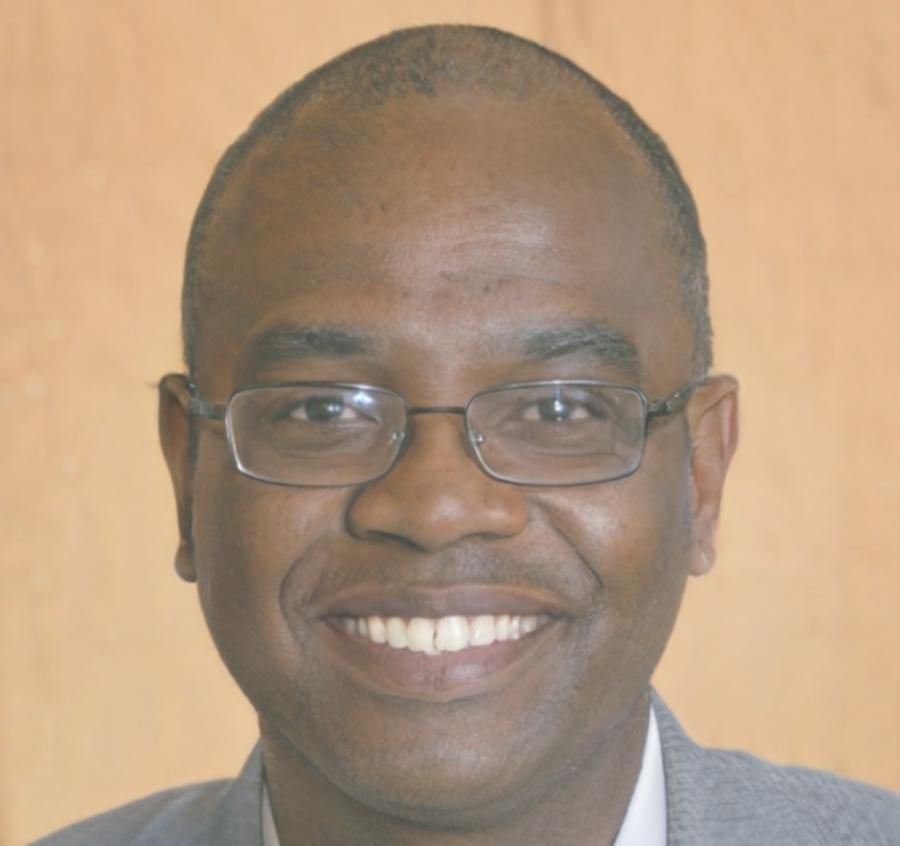Working Capital Analysis for International Students
Build Financial Analysis Skills for Global Business Careers
If you're studying in Thailand and want to understand how businesses manage their cash flow, you're in the right place. Working capital analysis isn't just accounting—it's about reading the health of a company and making decisions that keep operations running smoothly. This program is built for students who want practical skills they can actually use after graduation.
Explore Program DetailsWhy Working Capital Matters in Southeast Asia
The business environment here is different from what you might find in textbooks from Europe or North America. Payment cycles are longer. Supply chains cross multiple borders. Currency fluctuations happen weekly.
- Thai SMEs typically operate on 60-90 day payment terms
- Regional businesses face unique liquidity challenges during monsoon seasons
- Cross-border trade between ASEAN countries creates complex cash flow patterns
- Local banks have different lending criteria than Western institutions

What You'll Actually Learn
We skip the theoretical fluff. You'll work with real financial statements from regional companies and learn to spot the red flags that indicate cash flow problems before they become crises.
- Reading balance sheets to assess short-term financial health
- Calculating and interpreting working capital ratios that matter
- Identifying seasonal patterns in Thai and ASEAN businesses
- Building cash flow projections that account for regional factors
- Understanding how currency movements affect working capital

Real Challenges, Practical Solutions
Last year, we had a student from Vietnam who was interning at a textile exporter in Bangkok. She noticed the company was profitable on paper but constantly struggling with cash. Turned out their accounts receivable were tied up in 90-day payment cycles while suppliers demanded payment in 30 days.
That's the type of situation you'll learn to analyze and solve. Not hypothetical case studies from 2010, but actual problems businesses face right now in this region.
You'll learn to build working capital models that account for these regional realities. And you'll understand why a company can show profit while running out of cash to pay employees.
Your Learning Pathway
The program runs over nine months, starting in September 2025. It's designed to fit around your existing studies—two evenings per week plus some weekend workshops.
Foundation Phase
Months 1-3 | Sep-Nov 2025We start with financial statement fundamentals, but through the lens of Southeast Asian businesses. You'll learn to read Thai and regional financial reports, which have some quirks compared to international standards.
- Financial statement analysis with regional context
- Working capital components and their relationships
- Industry benchmarks for Thai and ASEAN sectors
- Case analysis using local company data
Applied Analysis Phase
Months 4-6 | Dec 2025-Feb 2026This is where it gets interesting. You'll work with actual financial data from companies operating in Thailand. Some are doing well, some are struggling. Your job is to figure out which is which and why.
- Building working capital models in Excel
- Cash flow forecasting with seasonal adjustments
- Analyzing payment cycles and collection efficiency
- Identifying liquidity risks before they escalate
- Understanding the impact of Thai banking relationships
Capstone Project Phase
Months 7-9 | Mar-May 2026For your final project, you'll conduct a comprehensive working capital analysis of a real Thai or ASEAN company. Some students partner with businesses where they're interning. Others choose publicly traded companies they're curious about.
- Complete working capital audit and assessment
- Recommendations for improvement with implementation timeline
- Risk analysis considering regional economic factors
- Professional presentation to instructors and guest practitioners
Join the September 2025 Cohort
We're accepting applications now for the program starting in September 2025. Class size is limited to 24 students so everyone gets proper attention and feedback on their work.
The program is taught in English and designed for international students studying in Thailand, though Thai students interested in regional finance are also welcome. You should have basic accounting knowledge—understanding debits and credits is enough to start.
Important Dates

